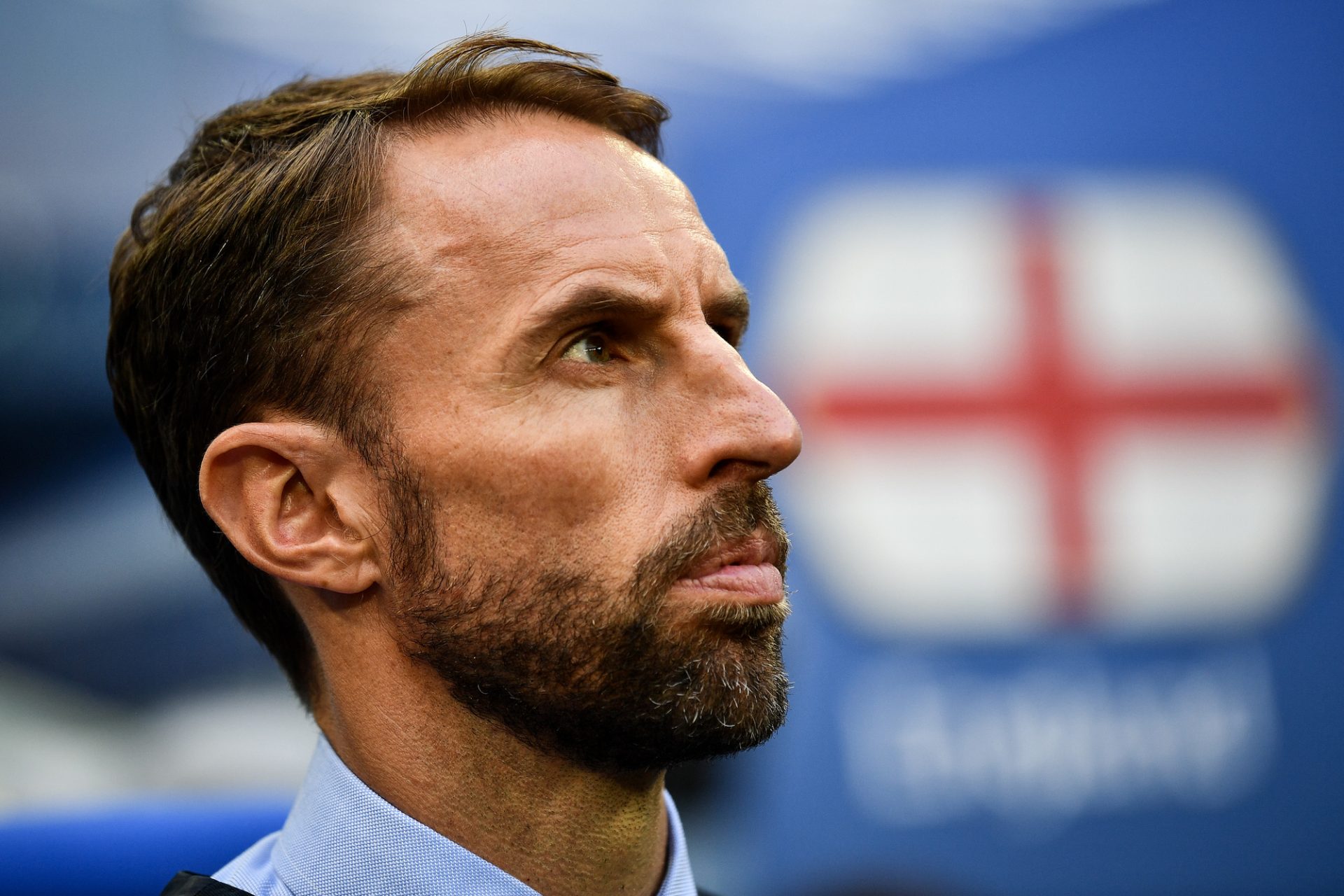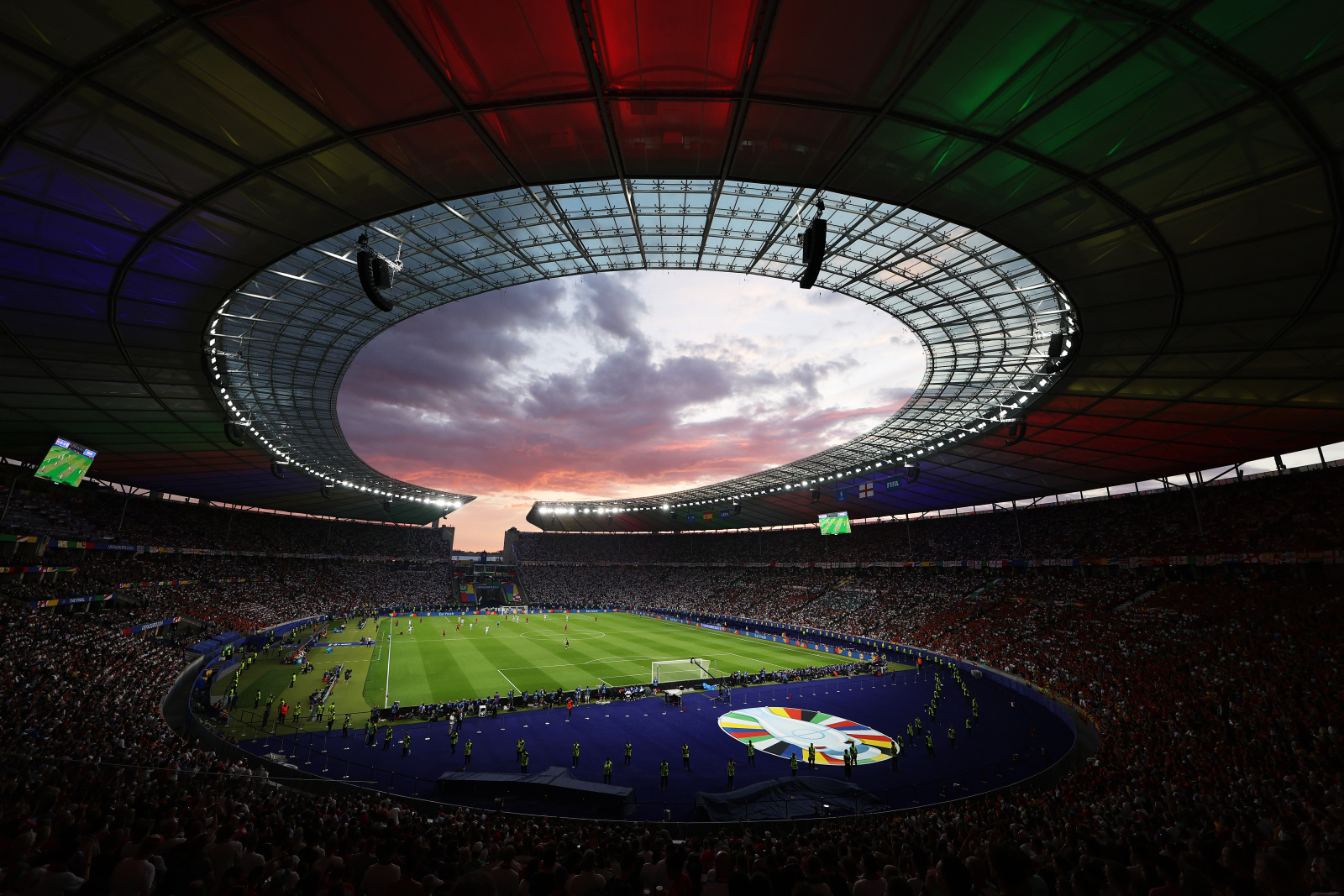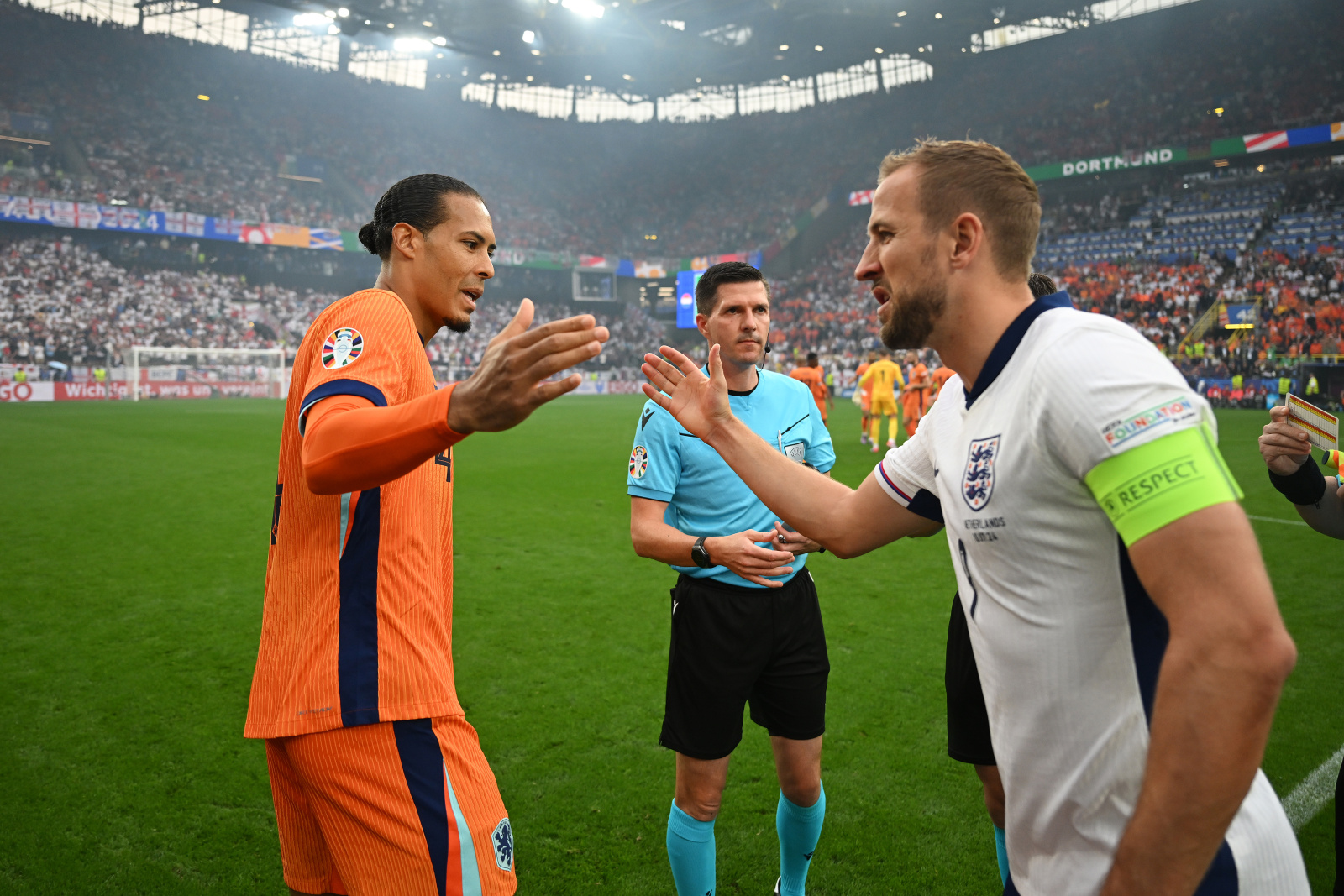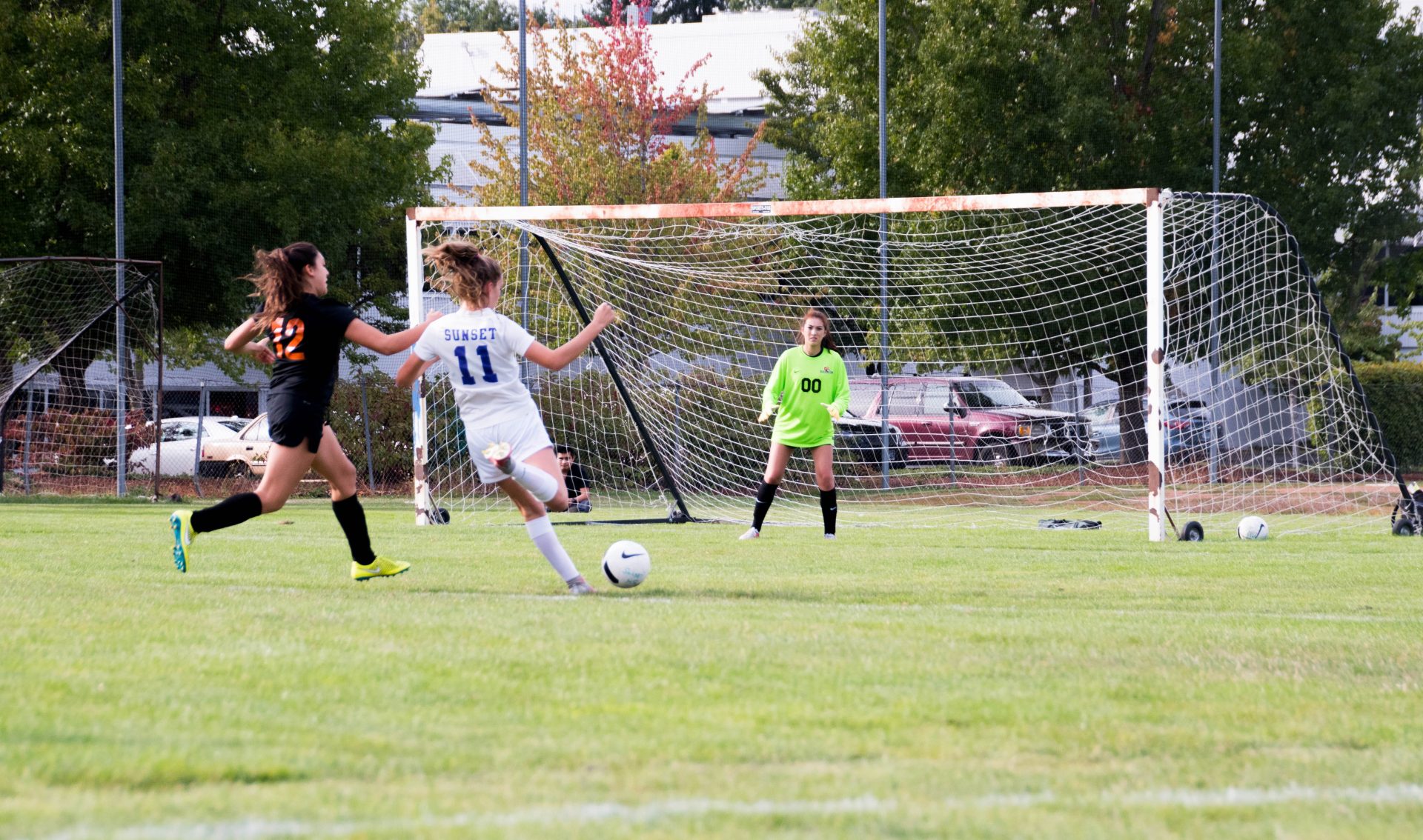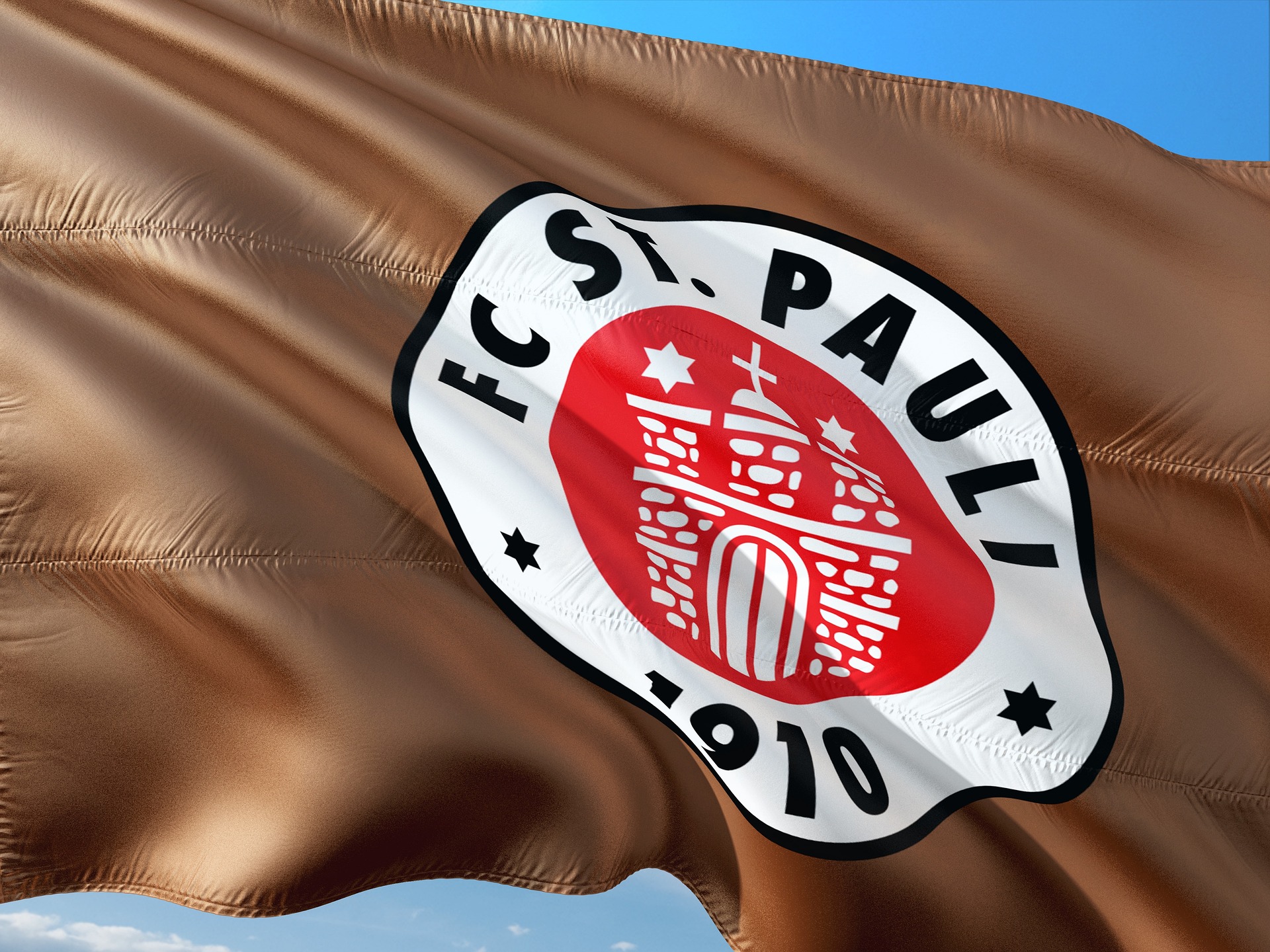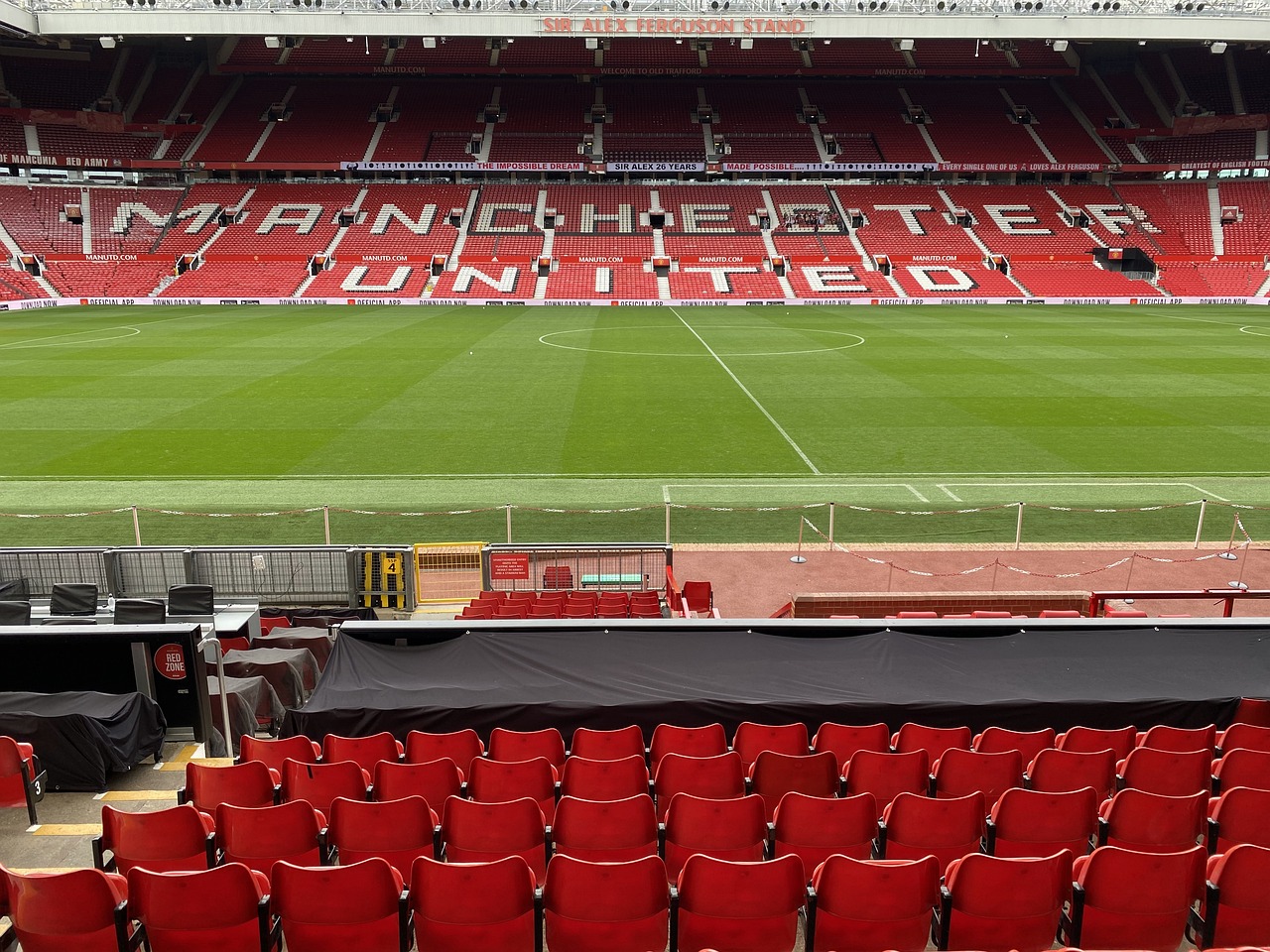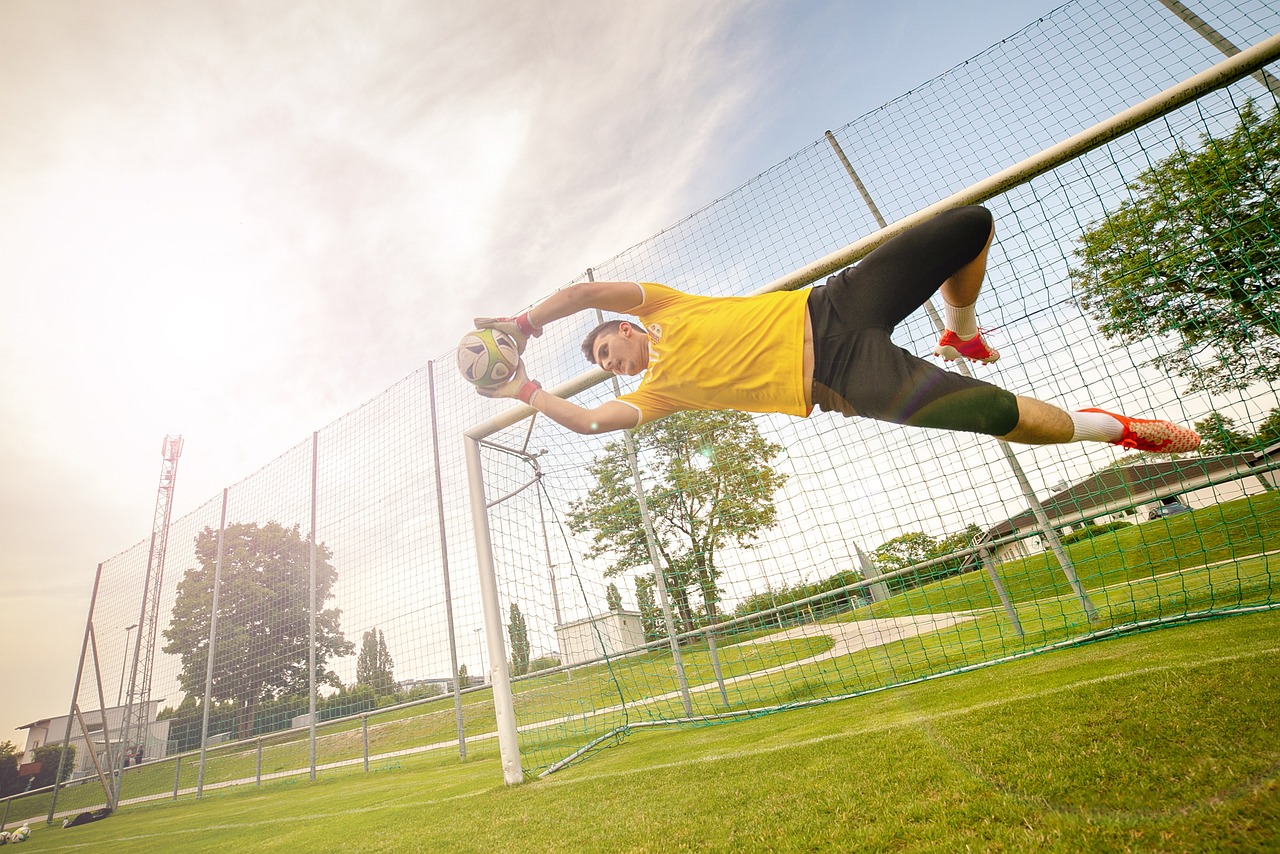How Do You Know What Size Soccer Ball To Get For Kids?

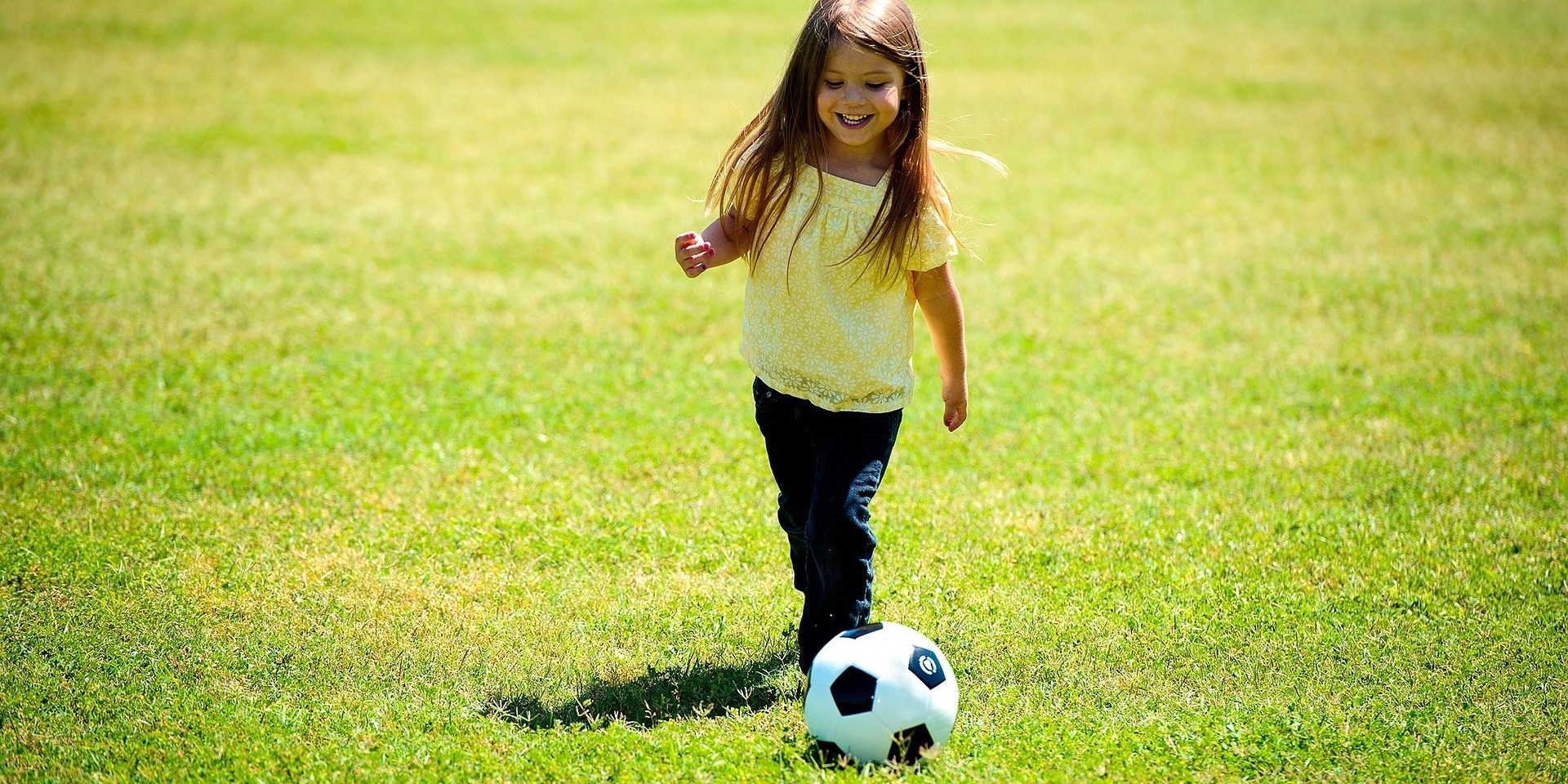
Table of Contents
Choosing the correct soccer ball size for children is essential to their development in the game. Soccer balls come in various sizes, tailored to different age groups, ensuring that the weight and circumference suit the player’s age and strength. For the youngest players, a size 3 ball is typically recommended as it’s lighter and smaller, making it easier for them to handle and learn the basics of the sport. As children grow and their soccer skills advance, they transition through different ball sizes, aligning with their physical capabilities and the standard regulations of youth soccer.
By the time children reach the age of 8, they are usually ready for a size 4 soccer ball. This transition is important for their skill development, allowing them to practice with a ball that resembles the full-sized version they will use later, yet is still appropriate for their age group. The size 4 soccer ball is designed to be a bridge between the small beginner balls and the full-size ball, helping to maintain the fun and enjoyment of the sport while preparing young athletes for higher levels of play.
As players approach 13 years and beyond, they are introduced to the size 5 soccer ball, which is the standard for adult players and professional leagues. It is at this stage that youths are physically prepared to handle the full-size ball during practices and matches. The main goal of these size progressions is to ensure a smooth development curve, enhancing players’ confidence and competency while playing one of the world’s most popular sports.
Understanding Soccer Ball Sizes
Choosing the right soccer ball for children is essential for their soccer development and enjoyment. The correct ball size ensures a child can handle the ball appropriately and develop their soccer skills age-appropriately.
Size Overview
Soccer balls come in various sizes, ranging from size 1 to size 5. The size of the ball is determined by both its circumference and weight. Below is a breakdown of the different soccer ball sizes:
- Size 1: Typically known as “minis,” these balls are used for promotional purposes or for fun.
- Size 3: With a circumference of 23-24 inches, these balls are ideal for young players under the age of 8.
- Size 4: Measuring 25-26 inches in circumference, size 4 balls are designed for players between the ages of 8 and 12.
- Size 5: The standard ball size for players 13 and older, featuring a circumference of 27-28 inches.
Age-Specific Recommendations
Selecting the correct soccer ball size relates directly to the age of the player to ensure it complements their skill level and physical capabilities. Here’s a concise recommendation chart for selecting youth soccer ball sizes:
- Ages 4-7: Size 3 is recommended to help with skill development.
- Ages 8-12: Size 4 is the best match for children in this age bracket.
- Ages 13 and Older: Size 5 is the full-size ball that should be used by this group.
These age categories align with the capabilities of the players and allow for proper ball handling, which is vital for player improvement and game play.
Selecting the Right Soccer Ball
Choosing an appropriate soccer ball for kids involves consideration of the appropriate size for their age group, the impact on their skill development and control of the ball, as well as safety considerations.
Influence on Skill Development
The correct size soccer ball is essential for skill advancement in young players. For instance, children under the age of 8 typically use a size 3 ball, which is lighter and easier to handle, facilitating skill development in dribbling and shooting. As children grow, transitioning to larger balls is necessary to reflect their developing capabilities and ensure the continued progression of their soccer skills.
Importance of Ball Control
Ball control is a fundamental aspect of soccer. A correctly sized ball allows players, especially children, to develop confidence in their touch and possession skills. Youth soccer balls are designed to match the strength and coordination levels of specific age groups. For example, a size 4 ball is recommended for ages 8-12, as it bridges the transition from beginner to more advanced play, allowing for better control and improving the overall quality of the game.
Safety Considerations
Safety is an important factor in selecting a soccer ball. A ball that is too large or heavy can pose injury risks for younger players. Lighter, smaller balls reduce these risks and are more appropriate for younger age groups. Ensuring the ball is made of materials that are soft yet durable is also a part of safety, as it reduces the likelihood of injury upon impact.
Soccer Ball Specifications
Selecting the correct soccer ball size for children involves understanding key specifications, including weight and circumference, materials used, and FIFA standards.
Weight and Circumference
- Size 3: Circumference: 23-24 inches (58-61 cm); Weight: 11-12 ounces (300-340 grams) — for children under 8 years old.
- Size 4: Circumference: 25-26 inches (63.5-66 cm); Weight: 12-13 ounces (340-369 grams) — for children 8-12 years old.
- Size 5: Circumference: 27-28 inches (68-70 cm); Weight: 14-16 ounces (397-453 grams) — standard for ages 13 and older.
Materials and Equipment
- Outer Layer: Typically made of polyurethane (PU) or polyvinyl chloride (PVC) for durability and weather resistance.
- Inner Bladder: Usually crafted from latex or butyl for air retention and shape preservation.
- Essential equipment for proper maintenance includes a reliable pump and pressure gauge to ensure correct inflation.
FIFA Standards
- FIFA Approved: Balls must pass tests on weight, circumference, roundness, bounce, water absorption, and loss of pressure.
- FIFA Inspected: This mark indicates balls have been tested for weight, circumference, and shape retention, though the criteria are less stringent than FIFA Approved balls.
- Soccer balls can be marked as FIFA Approved or FIFA Inspected, which ensures a certain standard of playability and quality known universally in the sport.
Usage and Maintenance Tips
Selecting the right soccer ball size for kids is essential, but equally important is knowing how to maintain the ball’s condition and recognize when it is time for a replacement.
Proper Inflation
Inflation Level: A properly inflated soccer ball ensures the best performance and longevity. Parents and coaches should use a pump with a pressure gauge to inflate the ball to the recommended level, as specified by the manufacturer. For example, a size 4 soccer ball typically requires an air pressure of 8.5 to 11.6 PSI.
- Checking Frequency: Check the ball’s air pressure periodically—before each game is ideal—to maintain consistent performance.
Storage and Care
Environment: To maintain the soccer ball’s quality, it should be stored in a cool, dry place away from direct sunlight. Prolonged exposure to extreme temperatures can damage the material and affect the ball’s shape.
- Cleaning: Regularly clean the ball with mild soap and water, wiping off mud and debris that can degrade the outer layer.
When to Replace
Wear Signs: Be vigilant for signs of wear, such as stitching unraveling or the ball losing shape. These indicators signal it’s time for a new ball.
- Performance: A notable decrease in performance or consistent loss of air pressure can also suggest it’s time for a replacement. This maintenance ensures player safety and game quality.
Additional Considerations
Selecting the appropriate soccer ball for children not only involves choosing the right size but also considering the environment in which the ball will be used and the type of game being played.
Indoor vs Outdoor
Indoor soccer, played within an enclosed arena, demands a different type of ball than what is used in traditional outdoor soccer. The surface is harder, which means that indoor soccer balls are made with less bounce to accommodate the playing field and to aid in the development of foot skills. They are generally more durable to withstand the rougher playing surfaces.
Futsal Balls vs Soccer Balls
Futsal, a variant of soccer often played indoors, utilizes futsal balls. These are smaller and have less bounce than standard soccer balls. They cater specifically to the hard playing surface and encourage precise control and footwork. The reduced bounce and size support the quick tempo of the game and the development of skilled maneuvers.
Buying Guide for Parents and Coaches
Selecting the right size soccer ball for young players is essential for their development and enjoyment of the game. This guide provides specific considerations tailored for parents and coaches when purchasing soccer balls for youth soccer teams.
How to Choose
Age Appropriateness: Soccer balls come in various sizes, making it essential to choose one that corresponds to the player’s age. Here’s a breakdown:
- Size 3: For children 5-8 years old, these balls have a circumference of 23-24 inches and weigh about 300-320 grams.
- Size 4: For youth players aged 8-12 years, balls are 25-26 inches in circumference and weigh 350-390 grams.
- Size 5: The standard adult ball, suitable for players 13 years and older, measures 27-28 inches around and weighs 410-450 grams.
Quality and Durability: Select balls made from high-quality materials for better durability and performance. Look for features like water-resistant coatings and reinforced stitching.
Practice vs. Match Balls: For practice sessions, durability is key, whereas match balls are designed for performance and may offer better feel and control.
Resources: Refer to size charts and buying guides, like those mentioned in the article, for a visual aid when making a decision.
FAQs and Resources
What if my child is between sizes?
Choose the size that matches the league requirements or the size intended for their upcoming age group.
How do I know if a ball is properly inflated?
A properly inflated soccer ball should have a firm feel, not be too hard or too soft, and should comply with manufacturer or league recommendations.
Resources:
Seek advice from youth soccer organizations or experienced coaches, and consult reputable sports retailers or the manufacturer’s guidelines for additional information on selecting the right ball.


